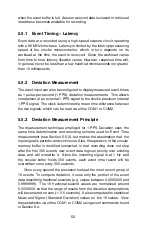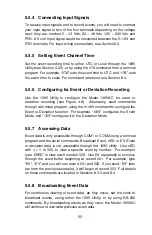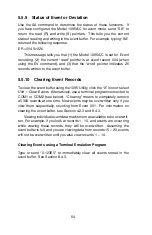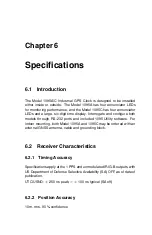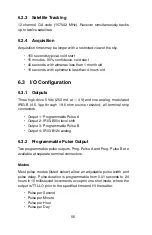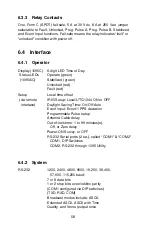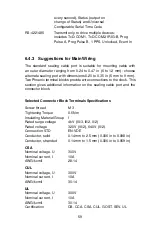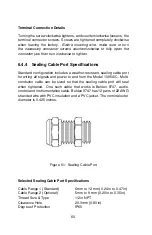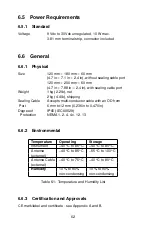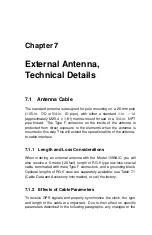
Environment
. Download file
appnote101.pdf
at the following link (look
under Timing and Frequency, Application Notes):
http://www.arbiter.com/resources/documentation.php
.
For important considerations about IRIG-B connections, distribu-
tion of signals and accuracy, download the file at the same link,
irig_accuracy_and_connection_requirements.pdf
5.4.3
Synchronizing Multiple IED’s
In many installations, clock signals are “fanned out" to a number of
devices from one clock timing output. This method makes more efficient
use of the clock synchronizing capability since the clock drivers are
designed to drive multiple loads. The exact number of possible loads
must be determined from the input impedance of each connected IED.
5.4.4
Connecting Unmodulated IRIG-B
To drive multiple loads from one unmodulated IRIG-B output, make sure
that the loads are wired in parallel. Sometimes this method is called
“daisy-chaining", however the idea is to drive all loads in parallel from
the single output. It is much simpler to connect loads to unmodulated
IRIG-B than for modulated, because all of the loads should require the
same voltage.
To determine load current for one Unmodulated IRIG-B output:
1. determine the number of loads to be connected to a single clock
output
2. determine the impedance (or resistance) of each load
3. calculate the load current for each device (
I
dev
= 5
V
÷
R
dev
)
4. sum up all the load currents for the total current for one clock
output; it must not exceed 250 mA.
Unmodulated Example
For example, if the input impedance of the IED is 5 kilohms, determine
the device current (I) as seen in Calculation 5.1:
(5.1)
I
=
V
÷
R
dev
= 5
V olts
÷
5000
Ohms
= 0
.
001
Amps
(1
mA
)
If you were to connect ten of the same IED’s to the same output,
then the total current drawn would be 10 x 0.001 A = 0.01 A (10 mA).
48



















